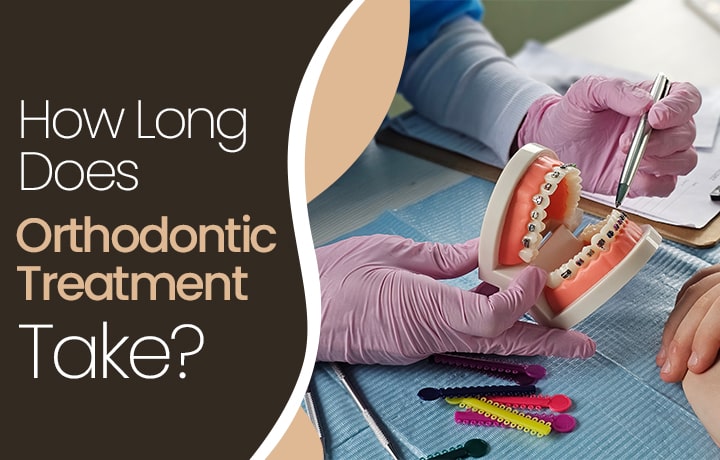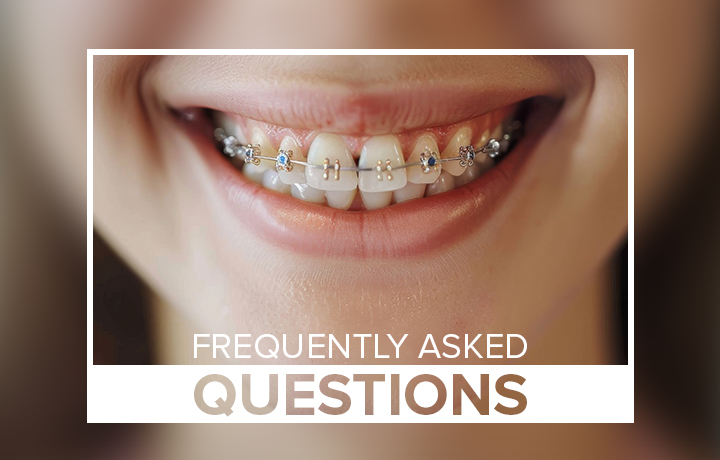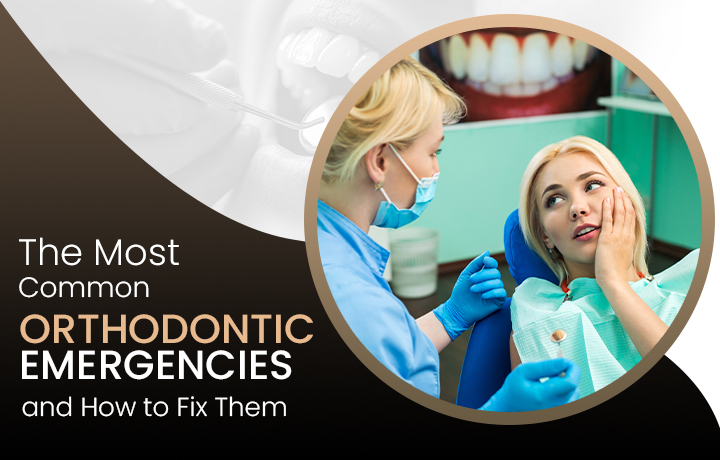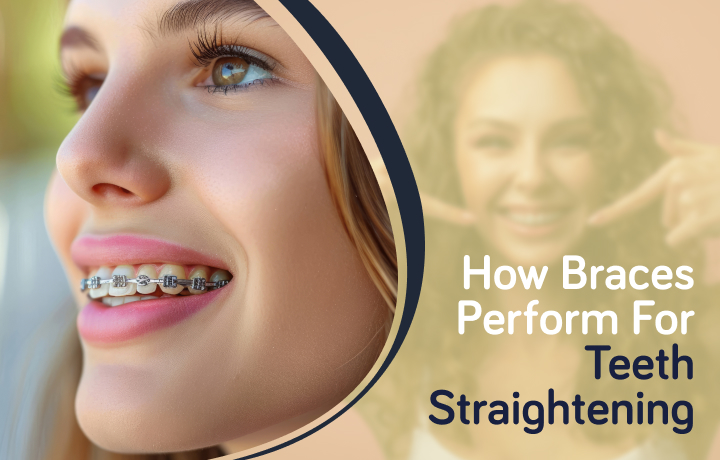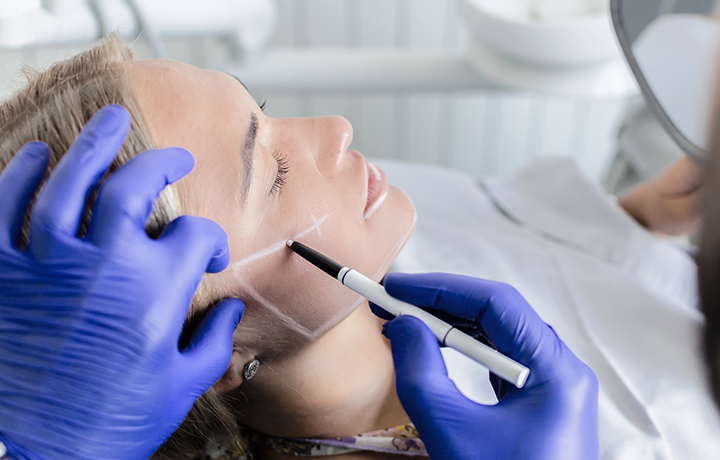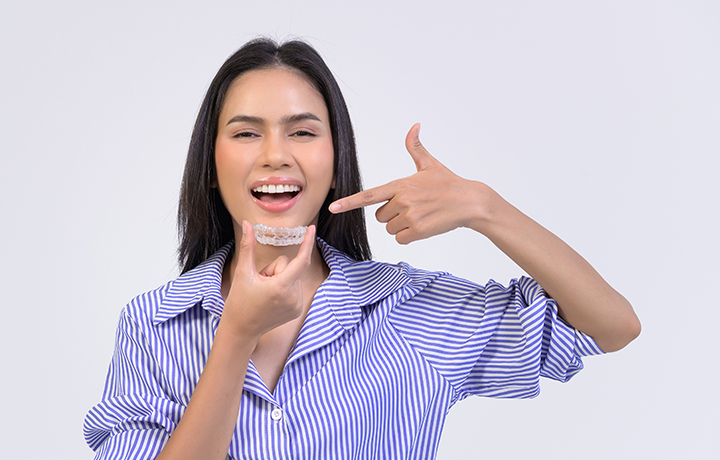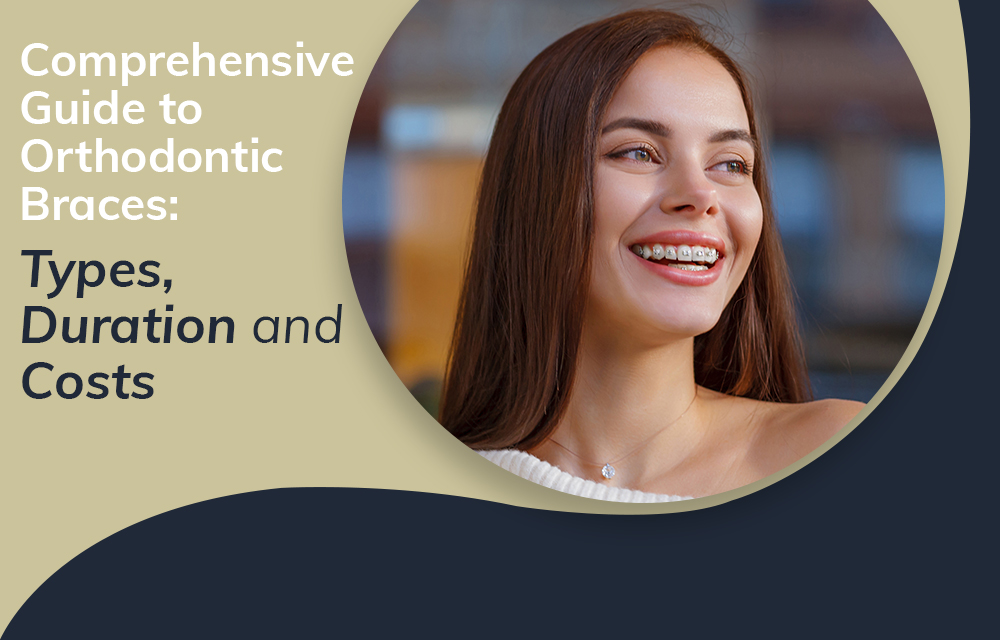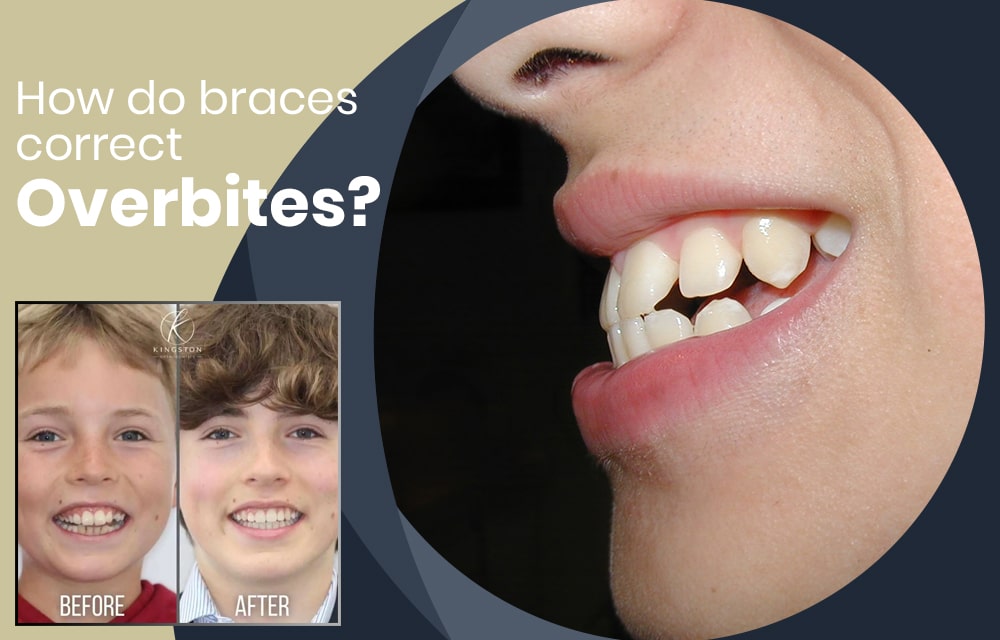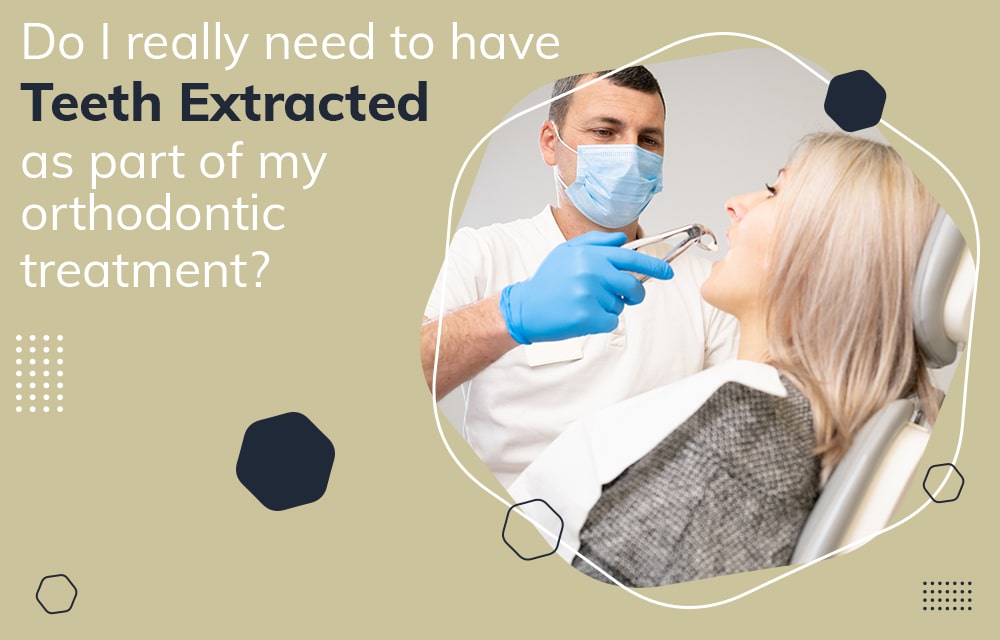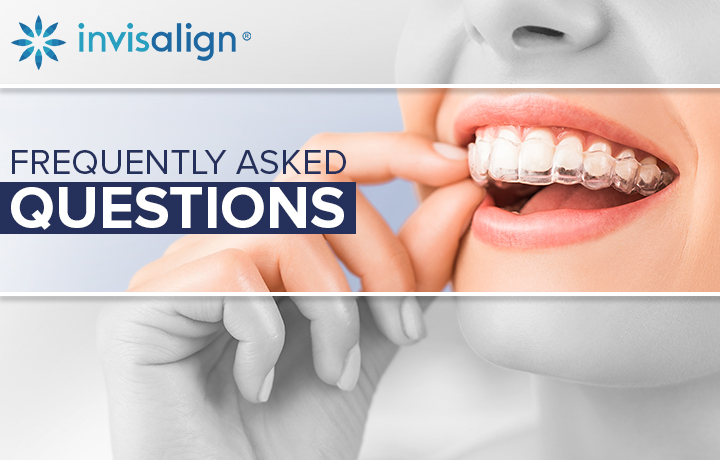
Frequently Asked Questions about Invisalign
How are Invisalign aligners made?
Once you’ve had an orthodontic consultation, your orthodontist will recommend whether Invisalign braces are suitable in your case. The first step is to have clinical photographs and a 3D image taken of your teeth and your bite using a 3D scanner. This clinical information is then submitted to the Invisalign laboratory by your orthodontist along with the exact treatment and tooth movements required to achieve the ideal orthodontic result in your case. This process ensures that you have the most accurate Invisalign aligner fit and comfort compared to having moulds taken of your teeth. The images are also instantly sent to the Invisalign laboratory as opposed to a mould of your teeth which would have to be packaged and posted.
The 3D scan of your teeth is then adapted so that each tooth is moved into the ideal position. The images are then sent to your orthodontist who is able to adjust and perfect the alignment of your teeth and your bite. Once happy with the 3D images, your orthodontist approves your case and the images are converted into a series of aligners with each aligner moving your teeth incrementally towards the final aligned position.
Why does it take time for the aligners to arrive?
Invisalign aligners custom-made from SmartTrack material and are an accurate and exact fit to your teeth. The process of planning and customizing your aligners is done by your orthodontist in collaboration with the Invisalign laboratory. Your aligners are then manufactured, packaged and shipped to the UK from the Invisalign laboratory. This process can take time however it is time well spent as the main aim is to ensure that you have a fantastic orthodontic treatment result at the end of your Invisalign treatment.
Why do I need attachments?
Attachments are used with Invisalign to ensure that your aligners are held securely in place and to help achieve the planned tooth movements. Attachments are small, discreet and tooth-coloured. They are made of a composite bonding material and come in a variety of shapes and sizes depending on the tooth movements required. Your orthodontist will find the best colour match for you when bonding the attachments into place on the surface of your tooth. The attachments can feel prominent and may irritate the inner surface of your lips for the first few days, the irritation settles quite quickly as your mouth becomes accustomed to the attachments and the attachments feel less pronounced when the aligners are in place.

How easy is it to insert and remove the aligners?
You will be surprised at how easy it is to insert and remove your Invisalign aligners. Given the accuracy of the scan, the aligners are a precise fit to the surfaces of your teeth and will slot into place comfortably. Once the attachments are bonded it can be a little more tricky initially to insert and remove your aligners but this only lasts for a very short while.
Will I be in pain?
Research suggests that Invisalign aligners tend to cause less pain and discomfort compared to fixed braces when first fitted and after each adjustment. Fixed braces consist of brackets and wires that can graze and cause ulcers to the lips and cheeks whereas Invisalign aligners have a smooth surface that causes less irritation in the mouth.
Will I have a lisp?
This is a common question and can often be a reason that patients avoid orthodontic braces. The good news is that the majority of patients do not have a lisp with Invisalign aligners and for those that do, the lisp is temporary and disappears after a short adjustment period.
When can I take the aligners out?
Your aligners should only be removed when you brush your teeth and when you have anything to eat. You can leave your aligners in place when you drink plain still water but the aligners must be removed when you drink anything else including hot drinks, alcohol and fizzy drinks. Eating and drinking with your Invisalign aligners in place will result in food particles and/or fluid lodging inside your aligners. This will look unsightly and can also lead to rapid tooth decay and gum inflammation. Your orthodontist will always advise you to remove your aligners and enjoy your meals and drinks.
What if I can’t wear the aligners for the recommended 20-22 hours a day?
Your series of Invisalign aligners will incrementally and gently move your teeth into alignment. The aligners will only work when they are in contact with your teeth. Ideal compliance with hours is crucial, particularly in the first few days of each new aligner, this is when your teeth will feel most uncomfortable. Your orthodontist will advise you to always move up to your next aligner just before you go to bed so that the initial tooth movements occur when you are asleep and the aligners will then feel less uncomfortable the next morning.
If you genuinely find it difficult to wear your aligners for the recommended time, your overall length of orthodontic treatment will increase accordingly as your orthodontist may advise you to wear each aligner for an extended period of time in order to achieve the tooth movements required.
How do I clean my aligners?
Keeping your teeth and gums healthy is crucial when you have orthodontic treatment. This involves brushing your teeth after each meal, using dental floss or interproximal brushes to clean the gums and ensuring you attend your regular dental checkups. Your aligners also need to be kept clean by brushing them using your toothbrush and toothpaste every time you brush your teeth. In addition, you can use cleaning tablets dissolved in water to soak and clean the aligners further. Remember, although you will be changing your aligners regularly, they still need to be kept clean to avoid a deterioration in your dental health.
What happens if I’m not happy when the aligners are finished?
The tooth movements predicted by the 3 dimensional software can of course vary from the actual tooth movements achieved. Your orthodontist will advise you to have refinements in order to fully achieve the ideal treatment result. This involves a new set of clinical photographs and an up to date 3D scan of your teeth. Your orthodontist will then customize your refinement aligners aiming to correct the fine detail of your smile.
What happens if I lose the aligners?
Store your aligners in the Invisalign case that you will be provided with, replacement cases can be purchased from your orthodontist as needed. Wrapping your aligners in a tissue, leaving them on the table in a restaurant or placing them in your pocket or bag will result in loss or damage to the aligners.
Always keep your previous set of aligners and wear this previous set to ensure that you hold your teeth in position. Inform your orthodontist immediately and they will advise whether a replacement set of aligners is needed or whether you can progress to the next set of aligners if you were scheduled to move onto them within a few days.

